Deserta Grande ecosystem
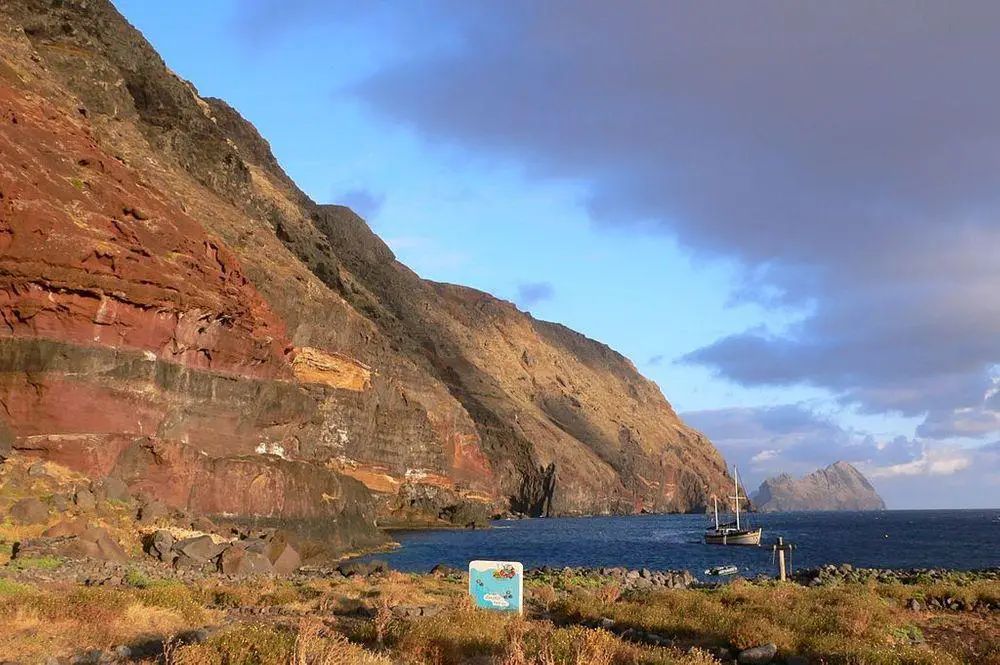
Small Desertas Islands have numerous unique species. On Deserta Grande lives the largest European tarantula – 4.5 cm long body as well as an enormous carrot and 14 species of endemic snails in unusual colors.
Madeiran laurisilva
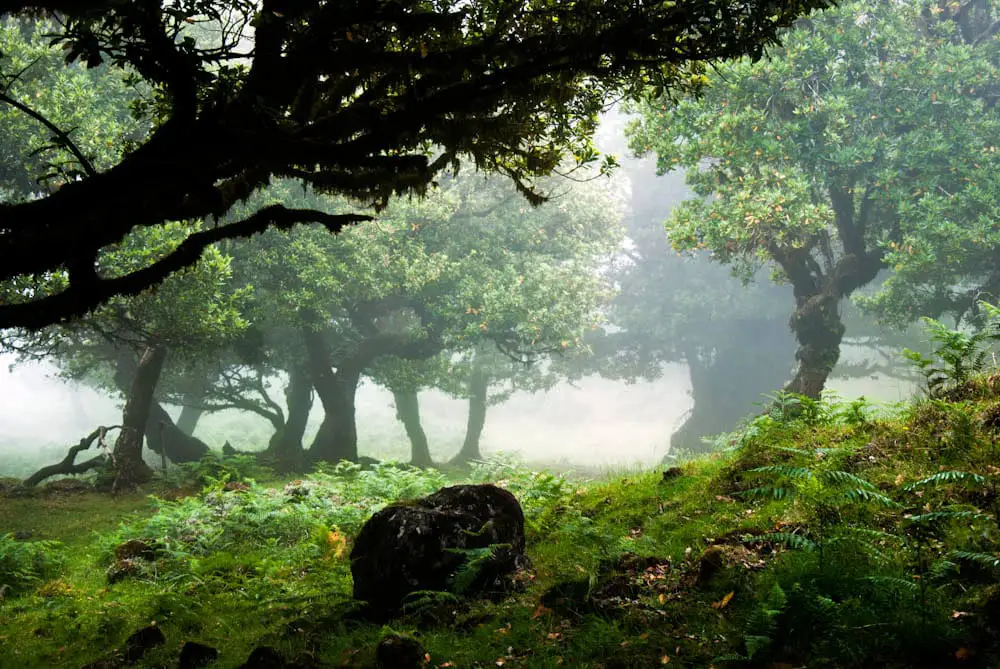
Unique, roughly 150 km² large subtropical humid forest, a remnant of once widespread forests. The most impressive subtropical forest in Europe and the largest laurisilva forest in the world. Here live some 600 endemic species of plants and animals. The pristine forest is crossed by old waterways and pathways between villages.
Tehuacan stone snakes (tecuates)
Unusual and impressive travertine formations. These formations mark the lime deposits of ancient channels. The soil has weathered away leaving the hardened lime as enormous snakes stretching across the valley. These natural “channels” were used for the irrigation by local people before the coming of Spanish.
Magdalena Opal mines
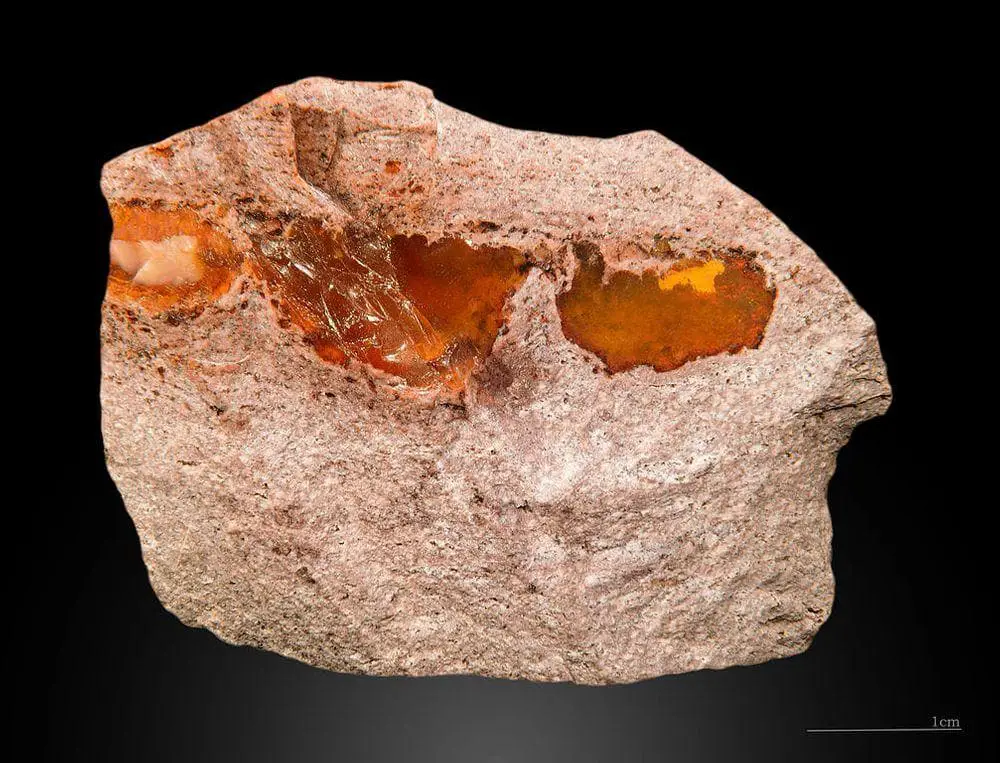
The find of the near-unique lloviznando opal – a variety of opal with a near transparent, light blue color and phenomenal play of colors. Finds of these opals are very rare, but here are found also fire opals of exceptional quality.
Chicxulub crater
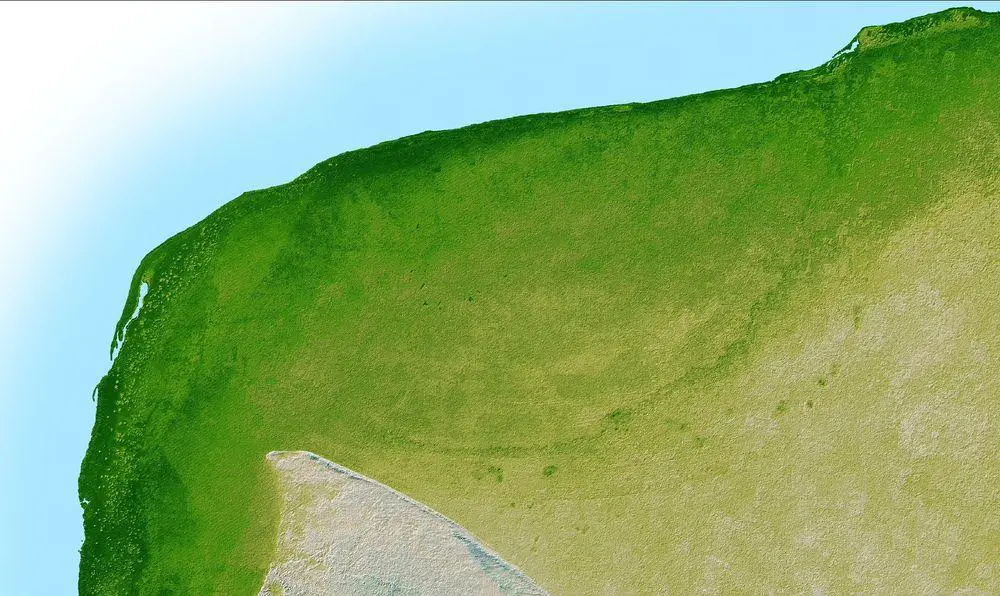
Ancient impact crater, with a diameter more than 180 km. One of the largest impact craters on Earth. It was shaped 65 million years ago and it is considered that this fall of bolide led to the great extinction of dinosaurs and many other animals and plants.
Ixtlán de los Hervores geothermal field
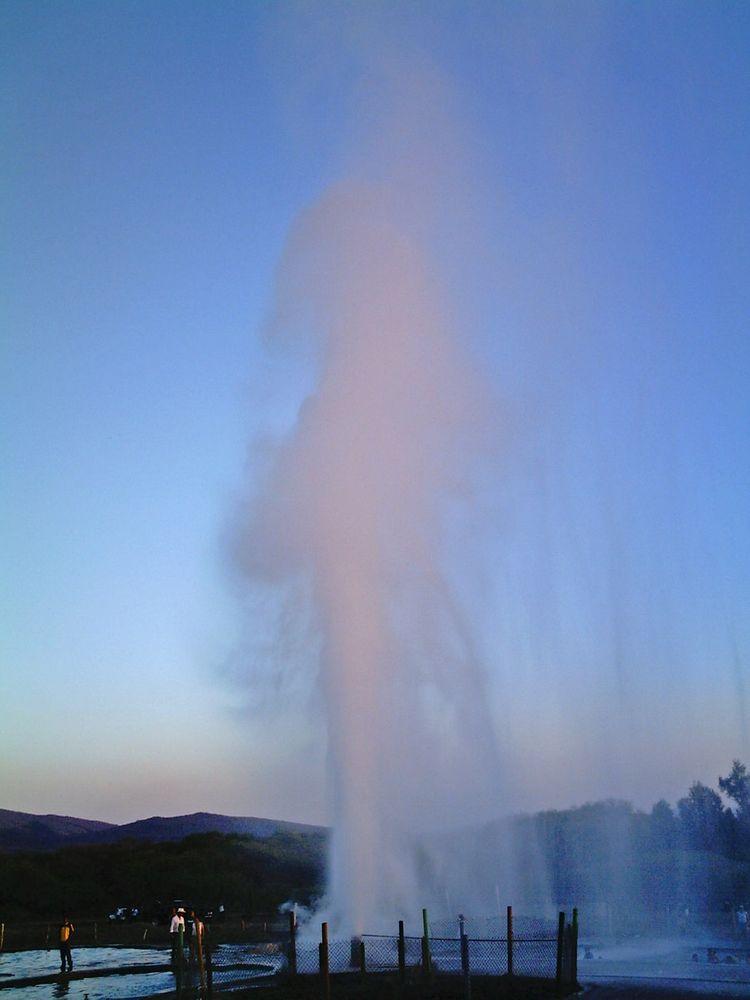
In this geothermal field earlier used to be up to 14 geysers (it is possible that few still exist near Salitre village). Now here are several artificial geysers. The tallest of these artificial geysers – Ixtlan Geyser – reaches a height up to 30 m.
Comanjilla Hot Springs
Group of hot springs, formerly – geysers. At the early 20th century the tallest of the 11 geysers – Geyser Humboldt – reached 1 m height. Today here are hot springs that have been transformed by the hotel and spa built over them.
Santa María del Agua de Landa
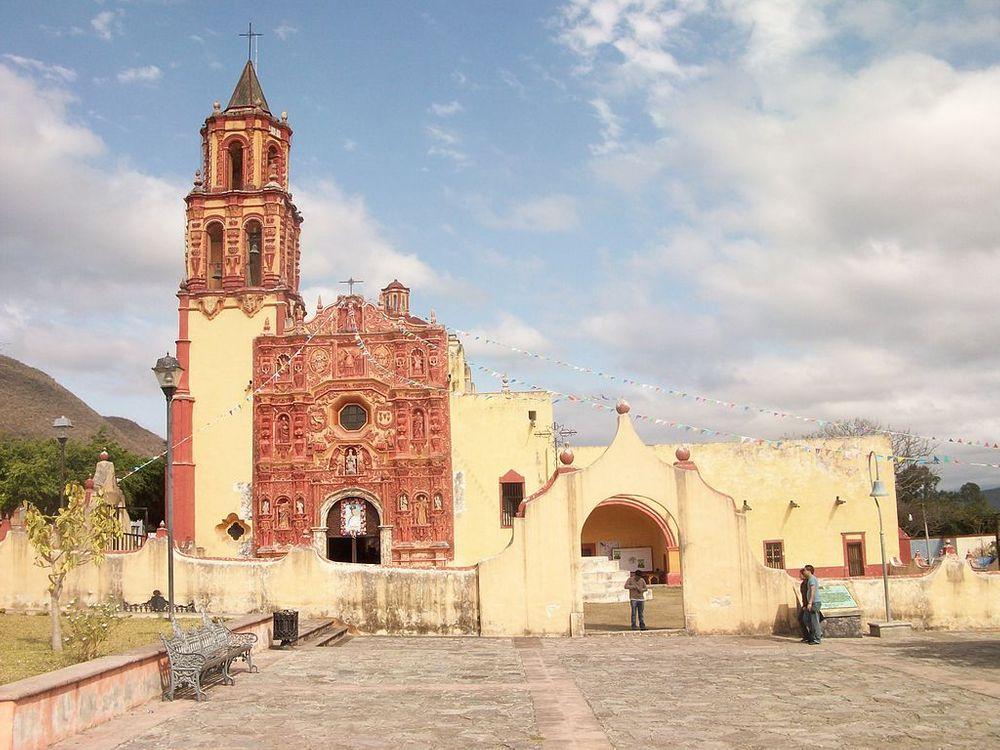
The last of the five gorgeous Franciscan missions in Sierra Gorda, built in 1760 – 1768. Church has elaborate, sumptuous façade that has been made by very skilled artisans.
San Francisco del Valle de Tilaco
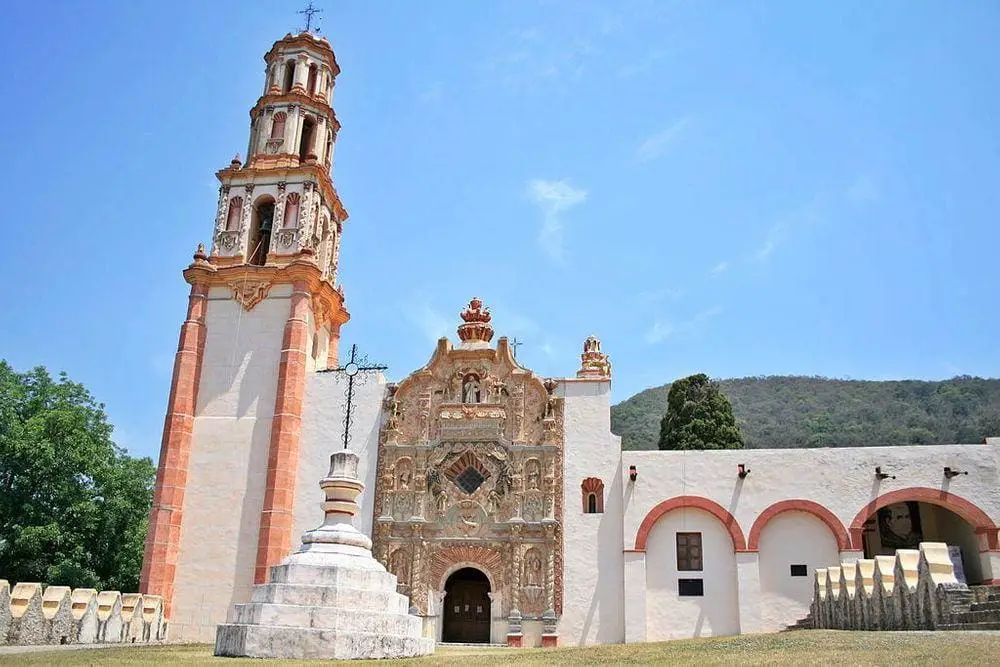
The best preserved of the five Franciscan missions in Sierra Gorda, built in 1744 – 1762. Church has a sumptuous façade influenced by the Baroque style and at the same time representing the indigenous art.
Nuestra Señora de la Luz de Tancoyol
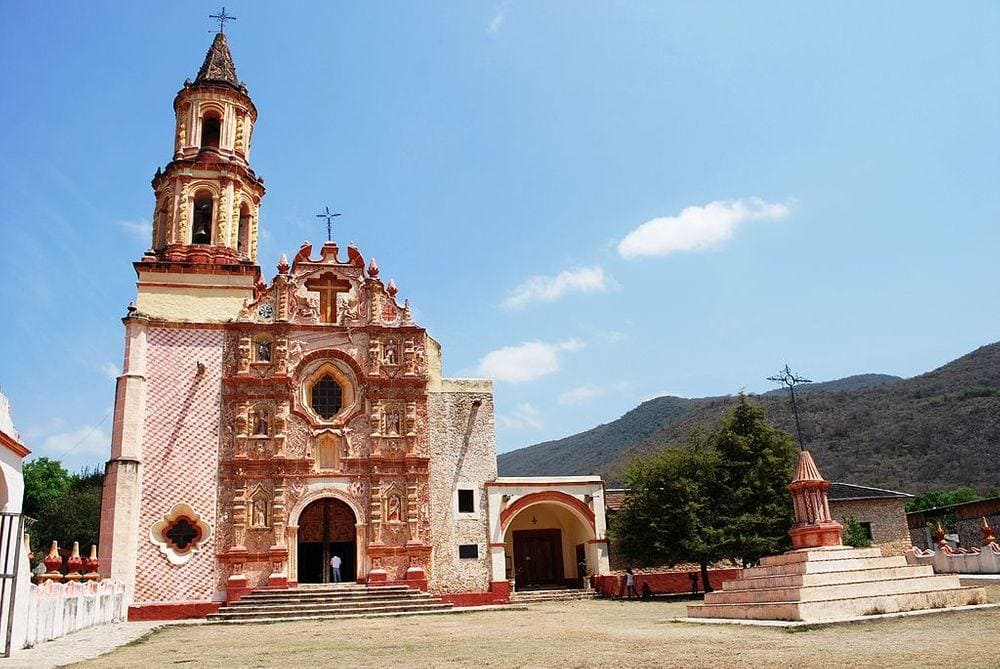
The most elaborate of the five gorgeous Franciscan missions of Sierra Gorda, built in 1760 – 1766. The ornate façade of the church symbolises the mercy.
